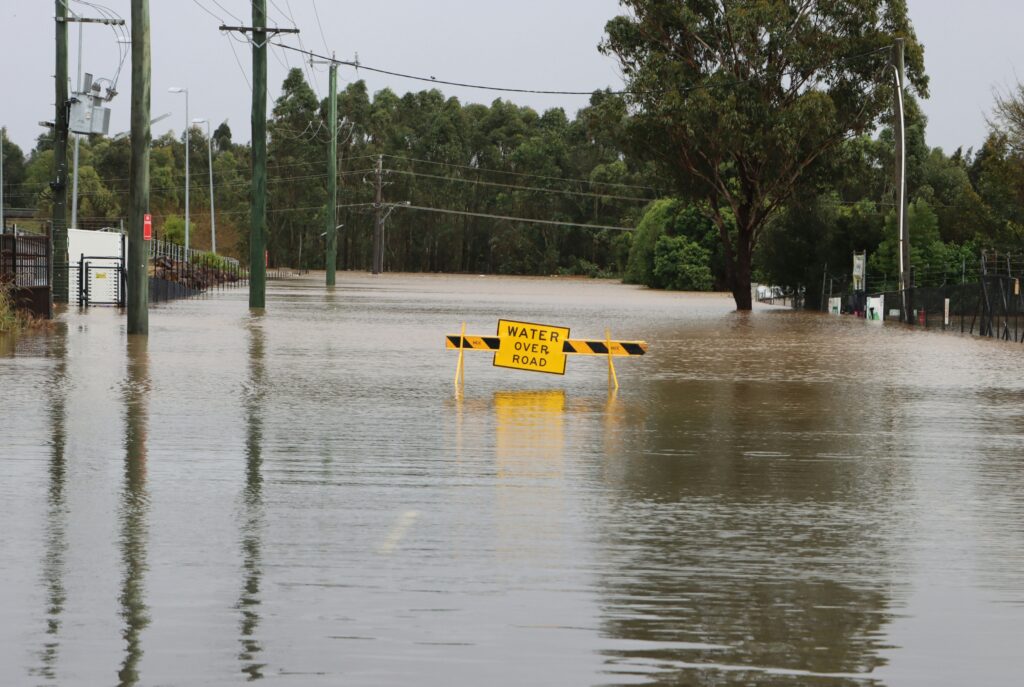With this spring's flood events inspiring politicians across the spectrum mindlessly to invoke climate change, it is worth pointing out that Canada actually collects data on these things, government scientists routinely analyze the data, and they publish their analyses. Indeed a few years ago the weather folks at Environment Canada went over all the numbers on short-duration downpours across Canada over the half-century from 1965 to 2005 to see if they were getting more frequent (or less). And for the most part, they found no trend.
Which is not to say there were zero trends anywhere. But whenever data are highly variable you get apparent trends, even with coin flips, just as in a trackless forest you find things that look like paths until they peter out. The picture changes significantly depending on your definition of “short-duration”: does it mean a lot of rain in 5 minutes, 2 hours or 24 hours? Moncton NB, for instance, shows an increase in heavy rainfall events lasting more than 6 hours. But it shows a decrease in heavy rainfall events shorter than 30 minutes. So is it having more severe rainstorms, or not?
In general more locations across Canada showed decreasing than increasing trends in extreme downpours up to 30 minutes, and the other way around for durations over 30 minutes. About 94 percent of individual locations exhibited no trend respecting extreme rainfall events lasting from 30 minutes to 24 hours, about 4 percent experienced a significant increase and about 2 percent experienced a significant decrease. In a country where 96 percent of politicians keep telling us extreme rainfall is getting worse due to climate change, it is quite something that 96 percent of the rainfall measuring stations say no it is not.
More patterns seemed to emerge when the scientists averaged the data up into 16 regional groupings. Of course nobody experiences a regional average, you experience the actual weather where you live. But still it can be helpful to look for patterns in larger areas.
In doing so, the researchers found that for rainfall durations from 5 minutes to 12 hours, half to three-quarters of the regions showed increasing trends while the rest showed no change or a decreasing trend. But few of the changes were statistically significant. At the provincial level, the Maritimes is one of the regions that exhibited a decreasing trend.
This study is one more little exhibit in the catalogue of discrepancies between what activists and politicians say and what the data show. Alarmism is now so routine and mainstream that we pretty much stop even noticing it. But much of what we are being told is not true, and when it's invoked to bully us into accepting costly policy errors, especially by people who sanctimoniously proclaim their adherence to “evidence-based decision-making” the lark has gone too far.
It's all fun and games until someone loses an economy. Or the scientific method.



Southern Ontario annual maximum rain trends appear to be decreasing in the newest V3.0 Engineering Climate Datasets. The observed values are decreasing for 21 long-term climate stations: https://www.cityfloodmap.com/2019/04/southern-ontario-observed-rainfall.html
There are 42% more decreasing trends than increasing ones across all durations and stations (55.6% decreasing trends vs. 39.2% increasing ones).
There are 75% more statistically significant decreases than increases (7 significant decreases vs. 4 significant increases).
When observed rain maximum observations decrease, the engineering design intensities decrease as well (called Intensity-Duration-Frequency or IDF data). This shows how those intensities have decreased for various 'return periods', or storm probabilities: https://www.cityfloodmap.com/2019/03/idf-updates-for-southern-ontario-show.html
So frequent 2-year storm intensities have decreased by 0.8% since 1990, and rare 100-year intensities have decreased by 0.2% since 1990. Short duration intensities have decreased the most (-1.8% for 5-minute duration rain, -0.5% for 10 minute rain, etc..).